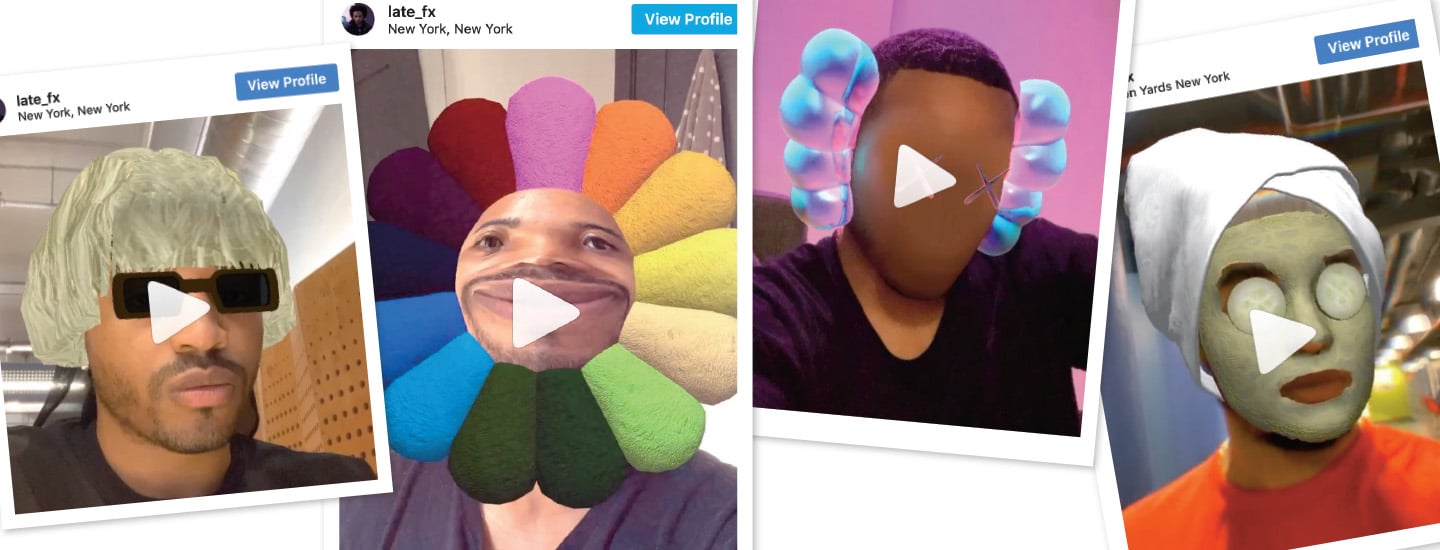You’re having a great day, so you snap a selfie. But before you post it, you want to add some extra pizzazz. You scroll through dozens of filters. Some of them stretch your smile super wide. Others fill your screen with sparkles. It’s a tough choice! But who makes all these filters, and how do they do it?
Leighton McDonald (@late_fx) is a virtual designer who works with augmented reality, or AR. Companies hire him to create filters for social media platforms.
You’re having a great day, so you snap a selfie. But before you post it, you want to add some pizzazz. You scroll through dozens of filters. Some of them stretch your smile super wide. Others fill your screen with sparkles. It’s a tough choice! But who makes all these filters? And how do they do it?
Leighton McDonald is a virtual designer. Companies hire him to create filters for social media platforms. McDonald works with augmented reality, or AR.

